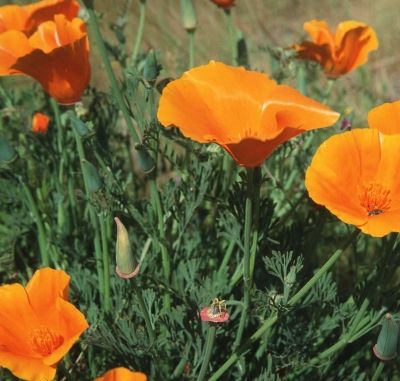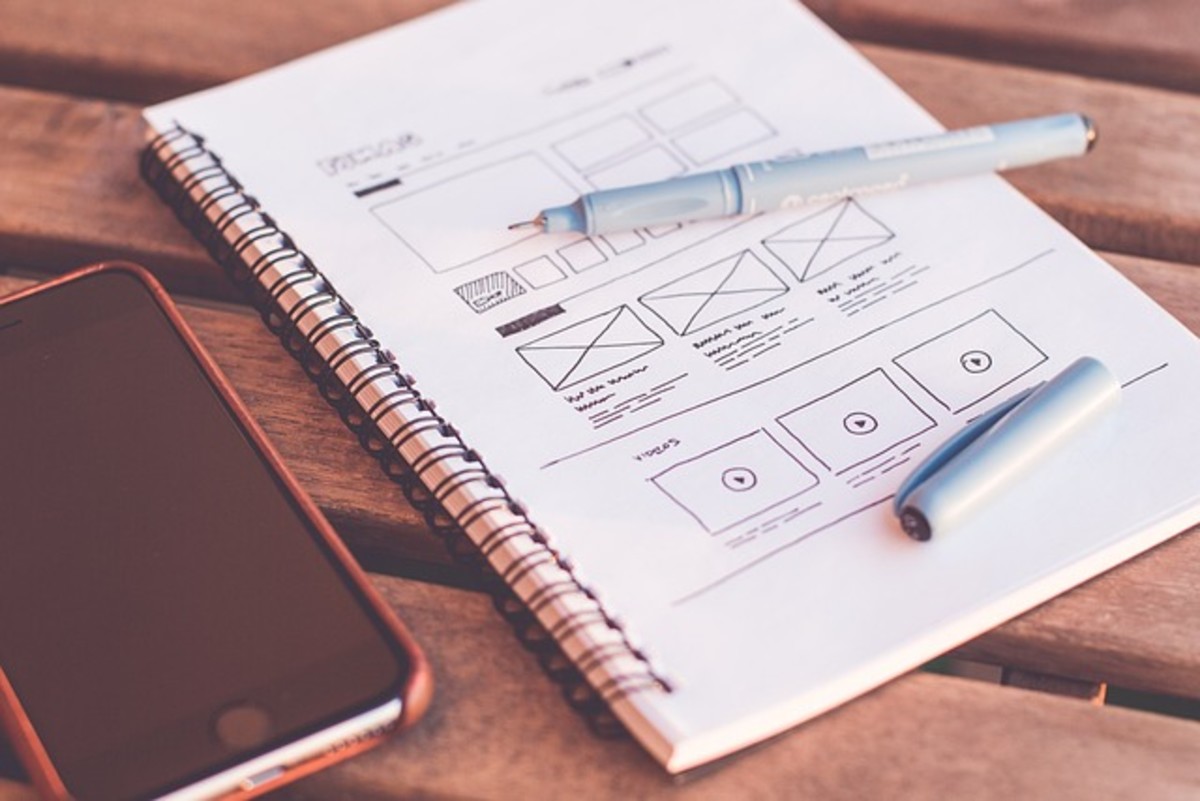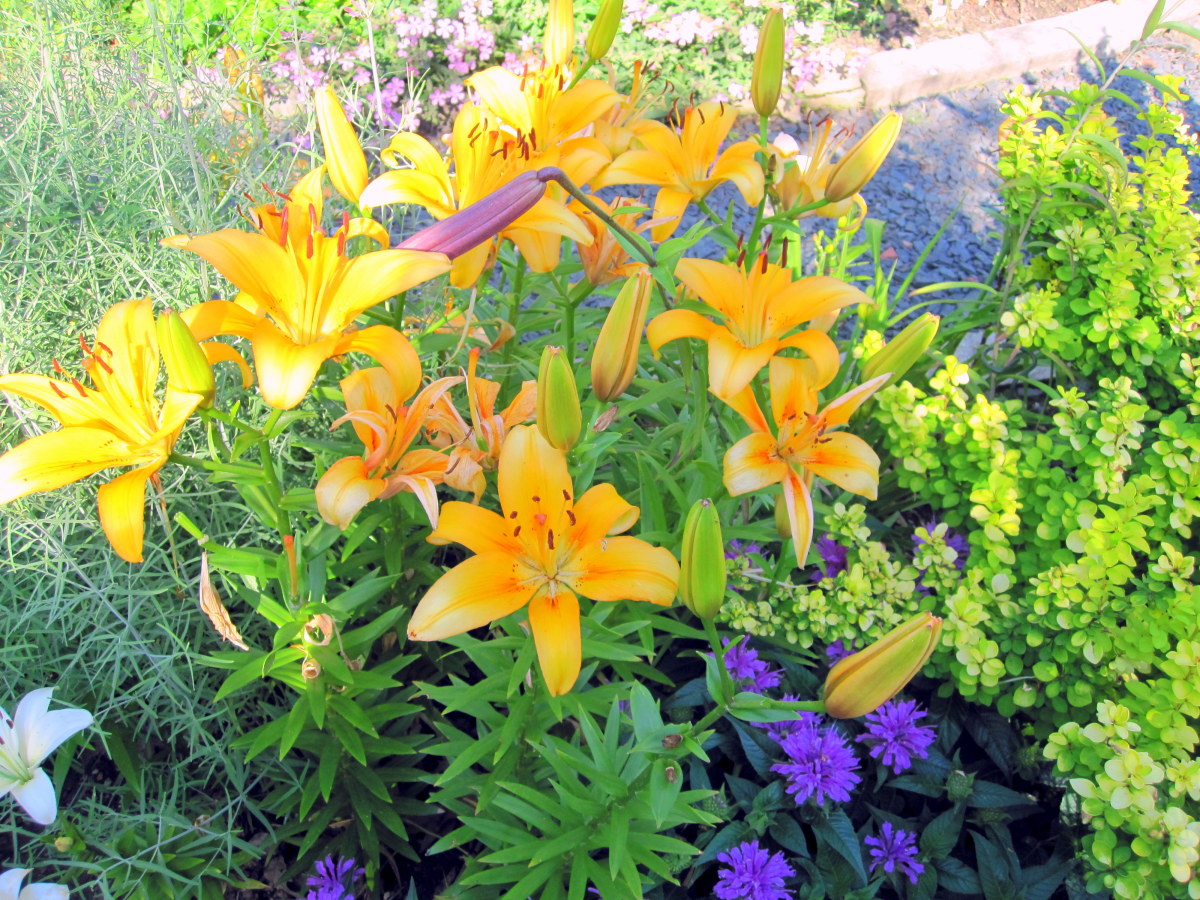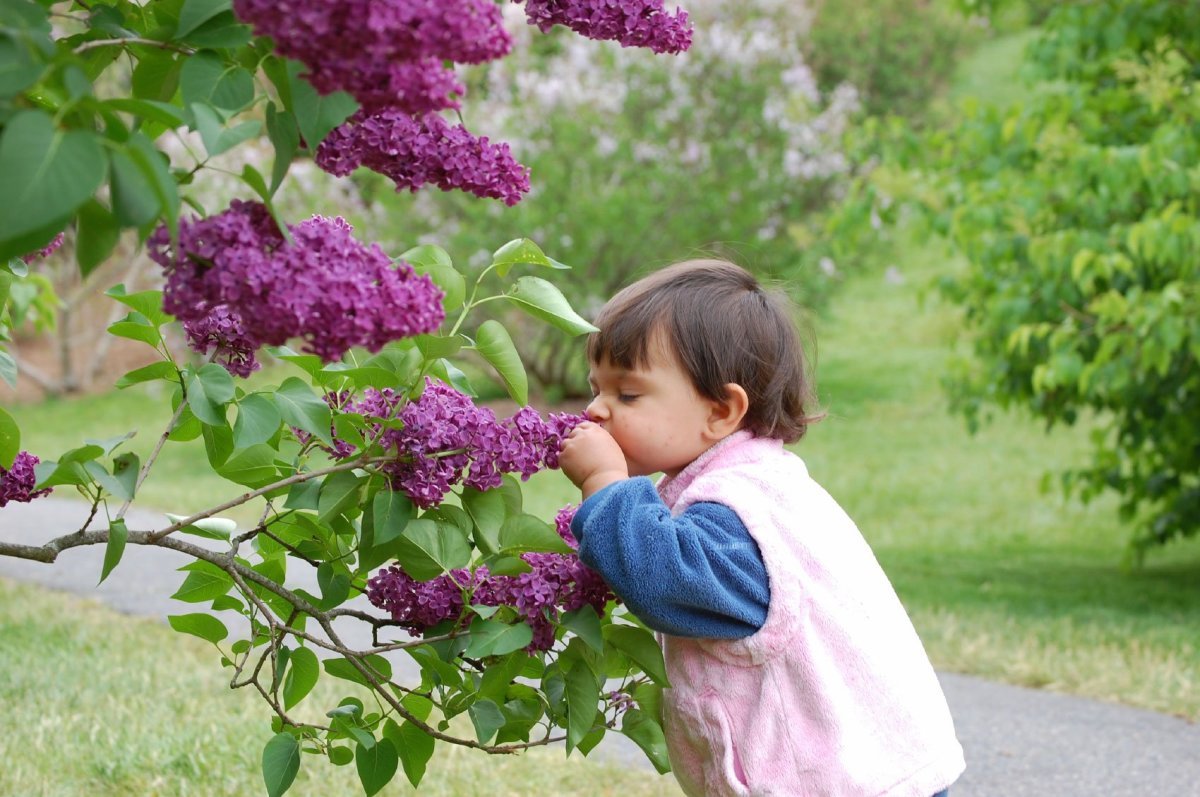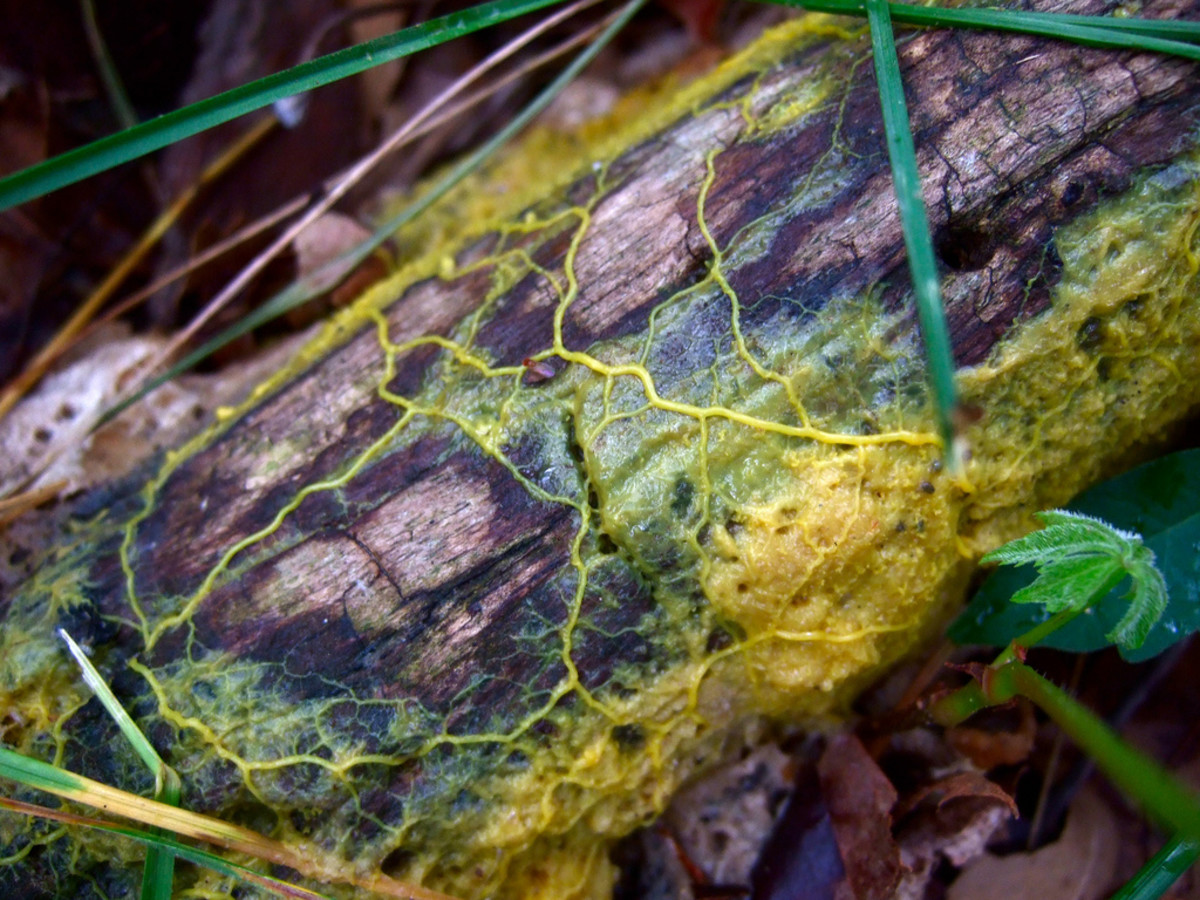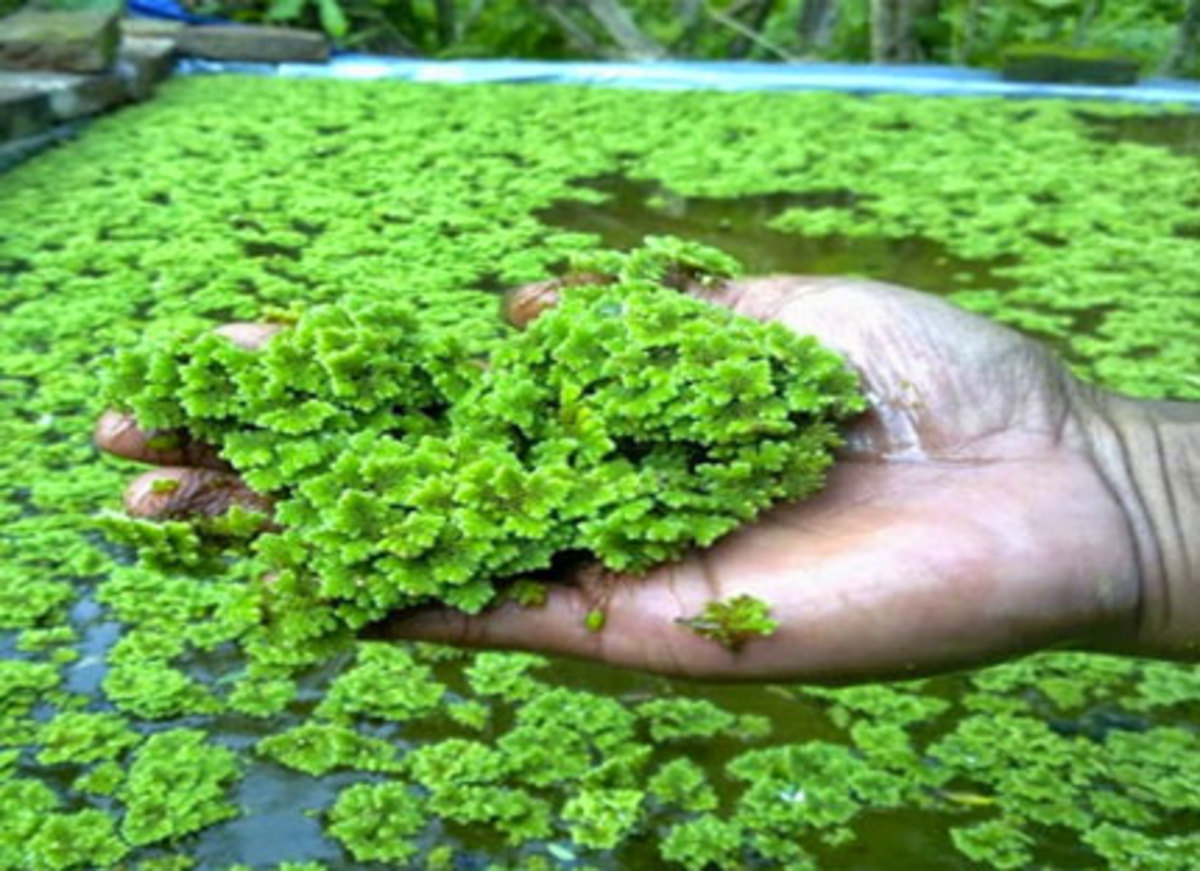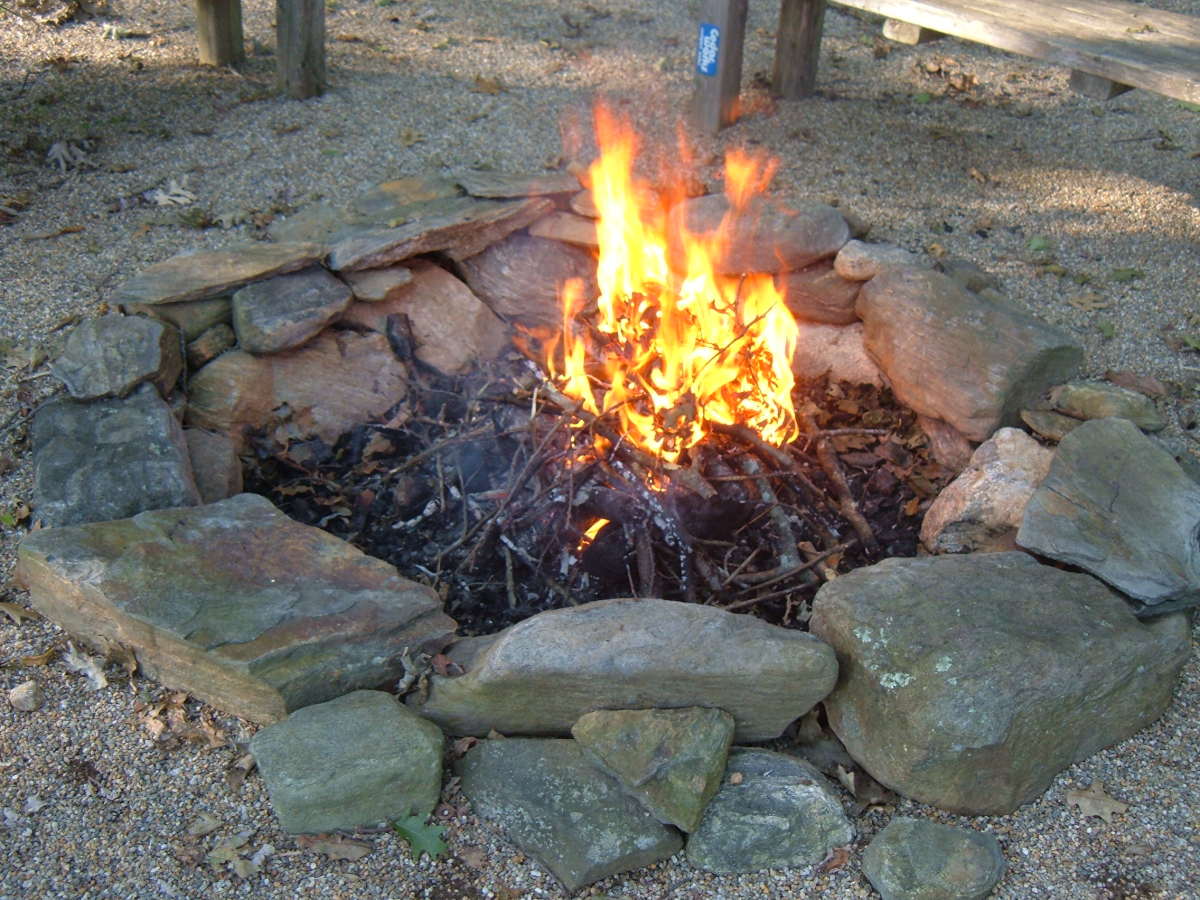Easy Green Yard
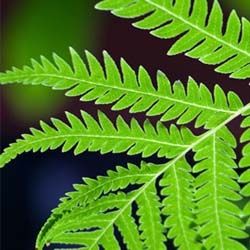
Making Your Yard Greener and Healthier - Starting Today
How can you - without too much fuss or expense - start making your yard and garden a greener, healthier, more eco-friendly place to live?
This Lens will show you some simple and effective ways to "green" your yard - ideas to help improve your landscape's sustainability and eco-friendliness. Some of these green-yard strategies you can start this minute, some need a little preparation or kick in next time you do maintenance on your garden, and some involve larger issues of sustainability to consider as you alter your present landscape or plan a new one.
It's can be surprisingly easy to design and maintain a green and healthy garden!
Perhaps you aim for a completely organic or biodynamic garden? Maybe you just want to use less of the conventional chemicals and poisons and want to - little by little - start gardening in a more sustainable and eco-friendly way. This Lens can help get you started towards a new nature-friendly approach to your home ecosystem!
Let's consider your yard - see where a few easy changes might green things up.
(Photo courtesy of Public Domain Pictures.net All photos are public domain, most from this source. Thanks!)
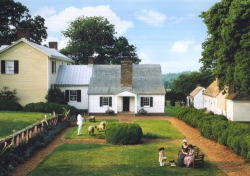
Your Yard
This nice green yard once belonged to U.S. president James Monroe. The house and estate is in Virginia, called "Ash Lawn-Highland." When he lived here in the early 1800s, lawn care was almost certainly what we'd, today, call organic.
Any nice green yard - like yours or mine - SEEMS like it ought to be pretty "green" already! But actually, there are a lot of common yard-habits most of us have that are not too ecologically sound, starting with the...
Garden Design
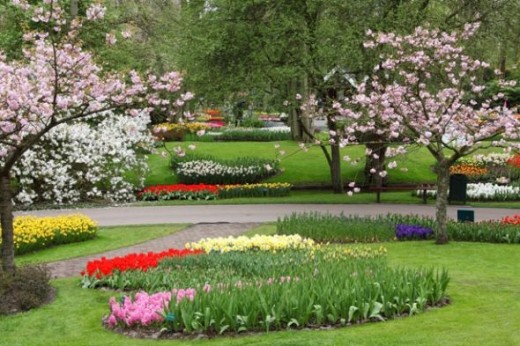
Garden Design
Unlike this public park, most yards tend to get designed...
Well, they don't really GET designed.
They get default lawn, maybe a tree or two stuck in the ground almost at random, and then bushes outlining the skirt of the house (like a green frill) and maybe outlining the fence-line and/or the paving. Random flowers.. Not too imaginative or fitted to any particular lot.
Every site - every yard - has very particular conditions and a unique micro-climate and ecosystem. The better you understand your land, the better your garden design can work WITH not AGAINST that reality.
So study where you already have full sun, shade, or partial shade and where water drains - which areas dry out quickly and tend to stay wet. Learn about your soils and climate. Do some research to discover what plants do well locally. Observe other people's gardens, public parks, and especially wild areas nearby to get ideas for what might work in your particular situation and what is native to your area.
Also study your house. See where late afternoon sun hits or snow collects and where rain water runs to. Do you have (or could you have) any views? Or are there nuisances you'd like to hide? Thoughtful garden design can improve your house and expand your living area, can control and emphasize views, and can certainly fix drainage problems.
Your garden design and lay-out can accentuate the best parts of your site and mitigate the worst ones. Deciduous trees can shade your house from baking summer sun and let winter sun in to warm you up. You can learn to plant things that will actually want to grow and do well (but not take over the place!). And, like this park, you can plan seasonal displays of color. Spring flowers, fall fruits and leaf colors, summer richness, winter sculpture of branches and seed pods.
Gardens work better with some thought and planning.


Wonderful Garden DESIGN Book
This edition is an up-dated version with lots of pretty, in-current-style photos. But whether you buy this edition or an earlier one, you'll get the same terrific advice on how to plan a garden that works for you. John Brooke's attitude is very much that the garden is a living and working space - as well as a place of beauty - and that it takes careful planning to make the most of it. He gives a lot of good suggestions for patios, decks, shade covers, types of planting, raised planters, vegetable gardens... everything.
I've found this book very very helpful.

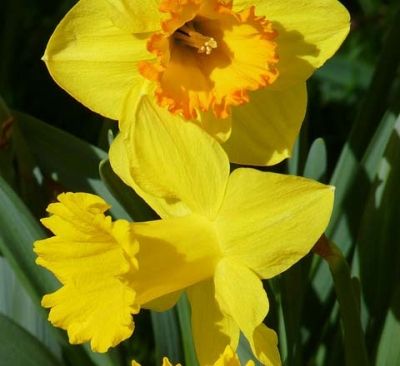
Links to Garden Design Sites
More places to look for ideas on garden design and eco-friendly gardening
- Landscaping a Small Backyard
A Squidoo Lens on designing small yards. - Green Garden Design Blog
A blog on, um, green garden design? Many aspects of eco-friendly gardens... - Monrovia
The plant/garden company's advice on environmentally friendly gardening. - Horticulture Magazine
Eco-friendly garden design tips. - Traditional Cottage Garden
A Squidoo Lens on cottage gardens with unusually good advice: "Start small." Keep that in mind when going "green" too. - National Geographic - Green Gardening
Lots of links to articles on green gardening topics like composting and rain barrels.
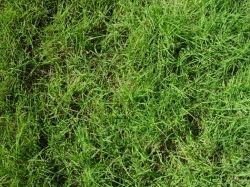
Lawns
Sure, beautiful green grass is, well, beautiful. But in many climates grass is a real water-hog, may need to be sprayed with some pretty nasty chemicals, and even grass clippings add enormous bulk to landfills.
Easy Green Fixes:
1) Raise the blades on your lawn mower (or ask your lawn service). Mow the grass higher - it will then shade its own roots and need less water. (Notice Monroe's sheep? Organic mowing! Can you use the same mowing equipment?)
2) Water deeply, gently, less often, and either in the morning or evening. Irrigation water will soak in farther - encouraging deeper, healthier roots for grass and shrubs - and less water will be lost to evaporation. But this only works if sprinklers aren't turned up so high that water runs off. Why water the street? Adjust sprinklers to water only plantings.
3) Instead of discarding grass clippings, use a mulching mower or compost the clippings. Decayed grass clippings help make better soil - naturally. And consider hand-raking autumn leaves: that means less energy consumption (more exercise!) and less noise pollution. Your Saturday-morning-sleeping- neighbors will thank you. For real exercise and greenitude, switch back to a push mower.
4) Switch to all-natural or organic fertilizers and weed and pest treatments instead of chemical ones. At least cut back on chemical use. Harse chemicals aren't good for the ecology... or for you, your kids, or your pets. Worry less about the grass - more about health!
Planning:
5) Reduce the amount of lawn. Unless you live where grass grows easily without special treatment, increase the size of planting beds a bit and shrink the lawn a bit... You can do this incrementally, shifting the boundaries a little each spring. (Neighbors will never notice.) Less lawn means less work, less water, yet still enough room for kids and dogs to romp.
6) As you replace grass - or when planting a new lawn - carefully consider possible grass species. There is often a native , less water dependent, alternative and often these grow slower, requiring less mowing; the trade-off for this "greener" grass is usually a less green colored lawn. Maybe that's okay?
7) In really dry climates you may want to - or be required by law to - NOT grow a lawn. Consider prairie grasses or gravel and desert plants or even paving instead.
WATER RESTRICTIONS:
My area of north Texas is going into stage 4 water restrictions due to our on-going drought... Which means that lawns and landscaping can only be watered by hand or sometimes not at all. Lawns will be getting replaced here with less thirsty plantings!
Books on Organic Gardening
More advice. "Green" gardening - no question - takes more attention and doing a bit more homework than the old Poison It! school of thought.

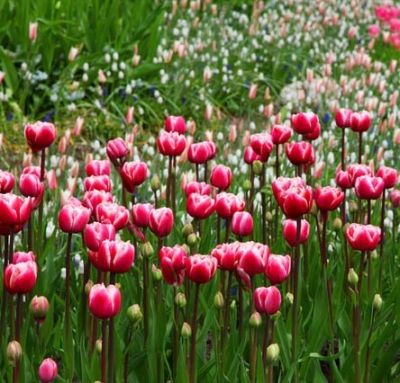
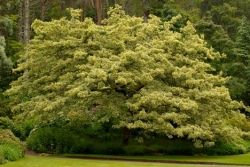
SHRUBS and PLANTINGS
Which particular shrubs, ground-covers, and flowers you plant makes a huge difference. Style has little to do with it - you can plant a "wild" naturalistic garden or a formal, clipped one - it's the choice and placement of individual plants that makes a garden ecologically suitable or not.
Easy Green Fixes:
1) Mulch. Adding mulch around bedding plants and shrubs discourages weeds, while helping retain moisture in the soil. Organic mulches, like bark, eventually rot and enrich your soil.
2) Know your climate. Plant bedding plants that actually like your growing conditions - soil, shade/sun, etc.
3) Whenever possible choose hardier plant varieties or, better still, native species. And consider heirloom varieties, which are often more pest and disease resistant... The hybrid roses of the 1970s were notoriously hard to grow - the newer versions of the older types can be so tough they're used for highway plantings! Many heirloom flowers may have smaller blooms, but more scent.
4) Just as with lawns, cut back on or stop using chemical fertilizers and sprays in favor of organic treatments.
Planning:
1) Go Native. When you plant new perennials or replace existing ones, choose either native or well naturalized species. These plants will be much hardier, will grow better, and be more resistant to your local climate, diseases, and pests. Native species also support native insects and wild life. Over time, you may want to replace struggling or inappropriate plants with ones that better suit your conditions. (But if you love it, you love it. Be practical someplace else.)
2) Group plants with shared requirements together. Put thirsty plants with other thirsty plants - where you can see them - and drought tolerant plants with others that share their taste; it makes watering easier and less wasteful. Be aware that a drought-tolerant plant can be drowned by over-watering.
3) Think about sun and shade. In most climates, it helps cool your house if you place trees to the east, west, and south (make that north in the southern hemisphere) so that they shade your roof. Consider shade on patios and decks too. Think about where you want full sun - as at most flower beds and vegetable gardens.
Books on Low-Maintenance Gardening
Now, low maintenance is a cause I can get behind! I'd much rather spend my time enjoying the garden than doing chores in it.
Seriously, many gardeners enjoy the grubbing in the soil and shaping of plants by clipping. And in the right (irritated!) mood nothing is as satisfying as violent weeding. But since life is so busy with other things, it's smart to plan for as little maintenance as possible except the sort of work you personally enjoy.

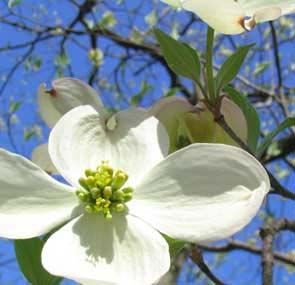
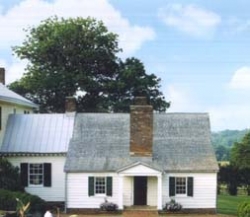
Trees
The choice and location of major trees makes a huge difference to the livability and beauty of your yard - and even of your house. These are the biggest (well yeah) and most dramatic feature of most yards, with the biggest single impact on "curb appeal" (which may help you sell your house some day). Trees are important decisions... and can be pricey investments as well. The cost gets bigger as the size of the tree does.
Some factors to consider when planting a tree:
1) Is it fast or slow growing? Sometimes (almost) instant shade is what you want. Fast growing trees get the insulting nickname of "junk" trees and they tend to be weaker - more prone to wind damage - and shorter-lived... but then, they give you shade NEXT year, not twenty years from now. Slow growing trees tend to be the opposite: harder, stronger wood and longer-lived... because they are soooo sloooow to groooow. Sometimes planting one of each can be the solution - then remove the fast-grower as the slow-grower matures.
2) Feature tree or accent? A majestic oak is a feature that at full growth will dominate a yard. But there's a welcome place for smaller, shyer, in-fill trees like dogwoods, redbuds, and Japanese maples that tend to grow best as neighbors to larger trees and add seasonal color. Also for special "background" trees like espaliered fruit trees, trained to grow on a garden wall. And birds are fond of small shrubby trees like yaupons and native hollies with edible berries.
3) Deciduous or evergreen? Deciduous trees lose their leaves in the fall, evergreens don't. Pros and cons, obviously, to both. The big decision is whether you want to have summer shade and winter sun or year-round shade (and wind break). Your climate will inform your choice. Those falling leaves may be gorgeous colors - and kinda a pain to rake. Or can you leave them? Lots of lifestyle and maintenance issues to think through in this decision.
4) Placement - If you want to shade your house, patio, or driveway, a tree will be most valuable planted to the south or west, depending whether you want noon or late afternoon shade.
5) Whenever possible, try to plant native or well-naturalized species. They will be hardier and more successful. Obviously different types of trees have different growing habits: different shapes, sizes, water requirements, pest resistance, flowering...
Books on Sustainable Trees
Trees are the single biggest design (and budget) item when planting. Learn before you buy/dig/plant/water... and it dies. Eh? Do a little research!

Solar and Shading Design
You can also BUILD shade where you want it - like the classic front porch. There are many different kinds of shade structures, from arbors to gazebos, and retractable awnings to umbrellas. Whatever your needs are... there's a man-made shade structure that can help.
I've read that the Energy Department estimates that plain old-fashioned awnings can reduce solar heat gain (which is the amount the temperature is raised by sunlight) by up to 65 percent at south-facing windows and 77 percent! at those facing west.
"Shades of Nostalgia" an article about awnings.
Books on Sun, Shade, and Solar Design
Much of passive solar design is common sense - like plant a tree or build a porch where you'll want the shade - but anticipating where that shade will BE in three months...? These books can really help.

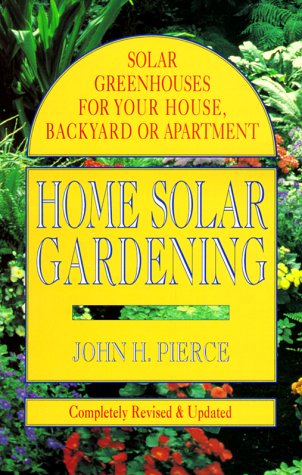
Sun Umbrellas
Instant, stylish shade. Perfect for patios and seasonal help.
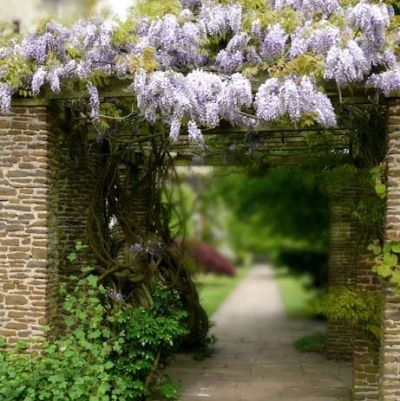
Solar Powered Garden Lights
Sometimes it's not shade you want, but LIGHT! Solar powered garden lighting seems like the perfect combination of need and sustainable technology. And they're very pretty.
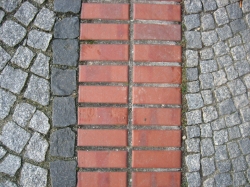
Paving and Decks
Every yard has at least some paving, maybe a walk or a few stepping stones, maybe a patio or driveway.
Paving provides a hard-wearing surface for heavily traveled or used areas that keeps them from becoming muddy, but paving also increases the sun's heating effect on the garden, compared to grass, and decreases rain absorption. Rain runoff can create big problems... It may flood your yard or your neighbor's; runoff may fill the street and the storm sewers; and local creeks and rivers, swollen by rain water, can pour into still bigger rivers, and add to flooding problems downstream.
However, there are choices you can make to mitigate these effects and there are other issues to consider too:
1) Install permeable materials. Concrete paving will allow water to percolate through to the soil - eventually - but for it to have enough time, puddles would need to stand long enough to attract moss, mildew, or mosquitoes. Loose-laid brick or pavers, with their joints either empty or filled with sand are much more porous and allow more rain water to soak into the soil. Gravel or a "gappy" wood deck that lets rain reach the ground let even more rain be absorbed by the garden.
2) Grade your paving and planted areas carefully, so that rain runoff is channeled away from your house and given a chance to soak in, before it runs off your property. Comply with any local legal restrictions on water runoff from your property.
3) Choose light colors. (In most climates.) Light-colored paving absorbs less heat from the sun's rays than dark paving... so keeps your yard cooler.
4) Choose local materials. They will have a better, more sympathetic and aesthetic fit to the local landscape... plus less freight, so a smaller carbon footprint.
5) Or consider recycled materials like used building brick (from a local source) for a patio or shredded tires for a resilient landing-pad in a playground.
6) And speaking of playgrounds... Be aware that in order for wood structures to last very long outdoors, most deck and playground timbers will be pressure-treated with toxic chemicals to increase moisture and rot resistance. It's necessary. But this means: either persuade your kid NOT to chew on playground structures! or, if you can afford to, build your own play structures and decks from naturally resistant (and more expensive, alas) wood species like redwood or cedar.
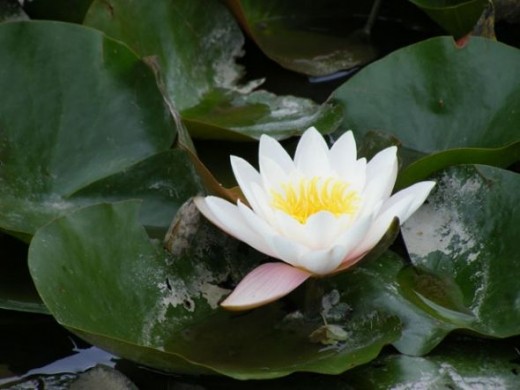
Rain Water and Irrigation
How you capture and use excess rain water is important - especially in a dry climate. Using it for supplemental irrigation is a very good "green" idea. And of the various methods of irrigation, drip irrigation is the most frugal with water. (Although if you have "hard" mineral-rich water, drip irrigation will not work long - it gets clogged up.)
More and more how and when (and whether!) you water your garden is becoming a mater of law - as water-short cities begin to legislate irrigation.

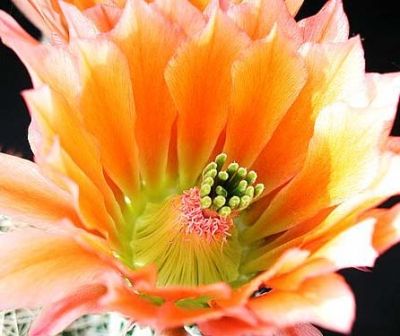
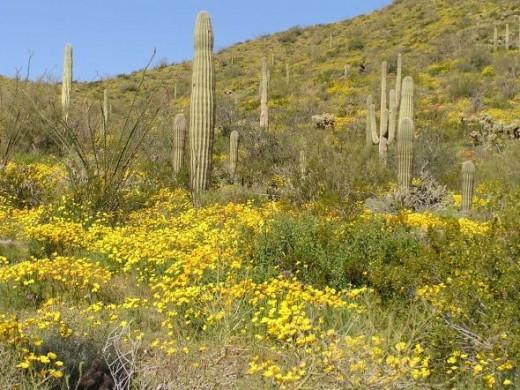
Links to Rain Water Harvesting
Sources for information and advice on collecting and using rainwater for irrigation.
NOTE: Before starting a system of your own... Rain water collection and use is sometimes regulated by local code authorities (city, county, state), and a few places may subsidize or help, so check before plunging into this.
- Harvest H2O
The online community for those interested in harvesting rainwater - The Texas Manual on Rainwater Harvesting
Official State of Texas advice and information. - Wikihow - Build a Rainwater Collection System
A step by step how-to.
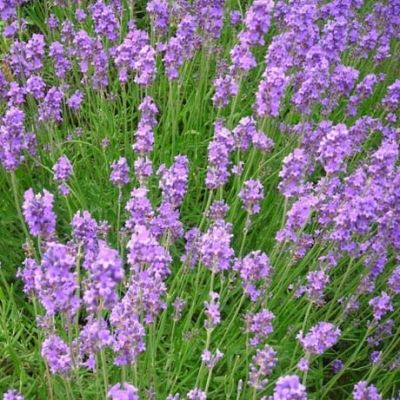
Another President's Garden
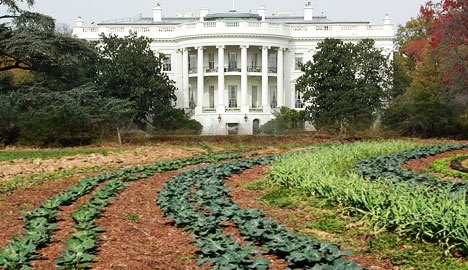
Organic vegetable gardening at the White House.
"Green" Vegetable Gardening
What could be healthier or tastier than fresh produce or herbs - grown "green" - from your own garden?
I love picking rosemary for cooking!
Growing Food
The end-game of sustainable gardening is the idea of growing organic food.
What could be more natural and more healthy than to grow your own food?
How to Start an Organic Garden
The Daily Green gives 9 steps to starting an organic garden.
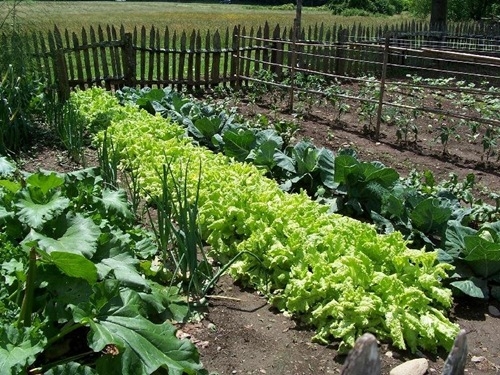
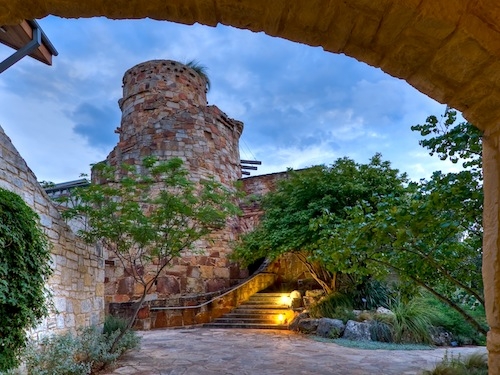
The Lady Bird Johnson Wildflower Center
Lady Bird Johnson Wildflower Center
It was First Lady Lady Bird Johnson who started the movement to beautify U.S. highways by planting wildflowers. The Texas center named for her carries on her interest in native species with research, preservation, and education. It's also one of the most beautiful places i've ever seen - quintessentially Texan and a stunning example of how architecture and landscape can work together.
- The Lady Bird Johnson Wildflower Center
In the Texas Hill Country on the south side of Austin. Well worth a visit by anyone interested in native plant species, sustainable gardening, or the possibilities of building WITH nature.
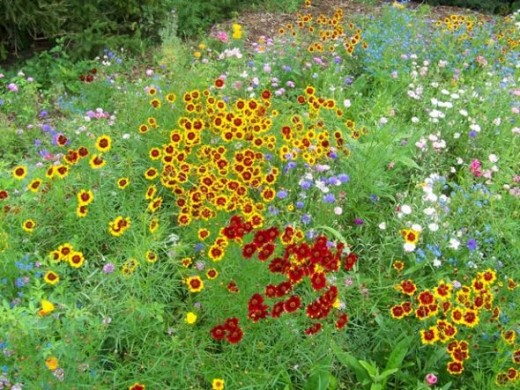
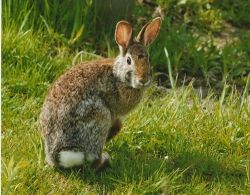
Wild Life
Consider making your yard a wildlife refuge -
or just wildlife friendly.
Small animals need - just like humans do - a garden free of dangerous chemicals.
They also need plant cover to hide or nest in and sources of food and water. The most sustainable food sources would be the native vegetation appropriate to your area in its natural state (imported species aren't always edible to local fauna), but there are often naturalized species that will also attract and sustain butterflies, bees, birds, and other wildlife.
Remember that some species are sensitive to things that make noise or smells and that birds may fly into clear glass.
Don't forget bird feeders and bird baths!
